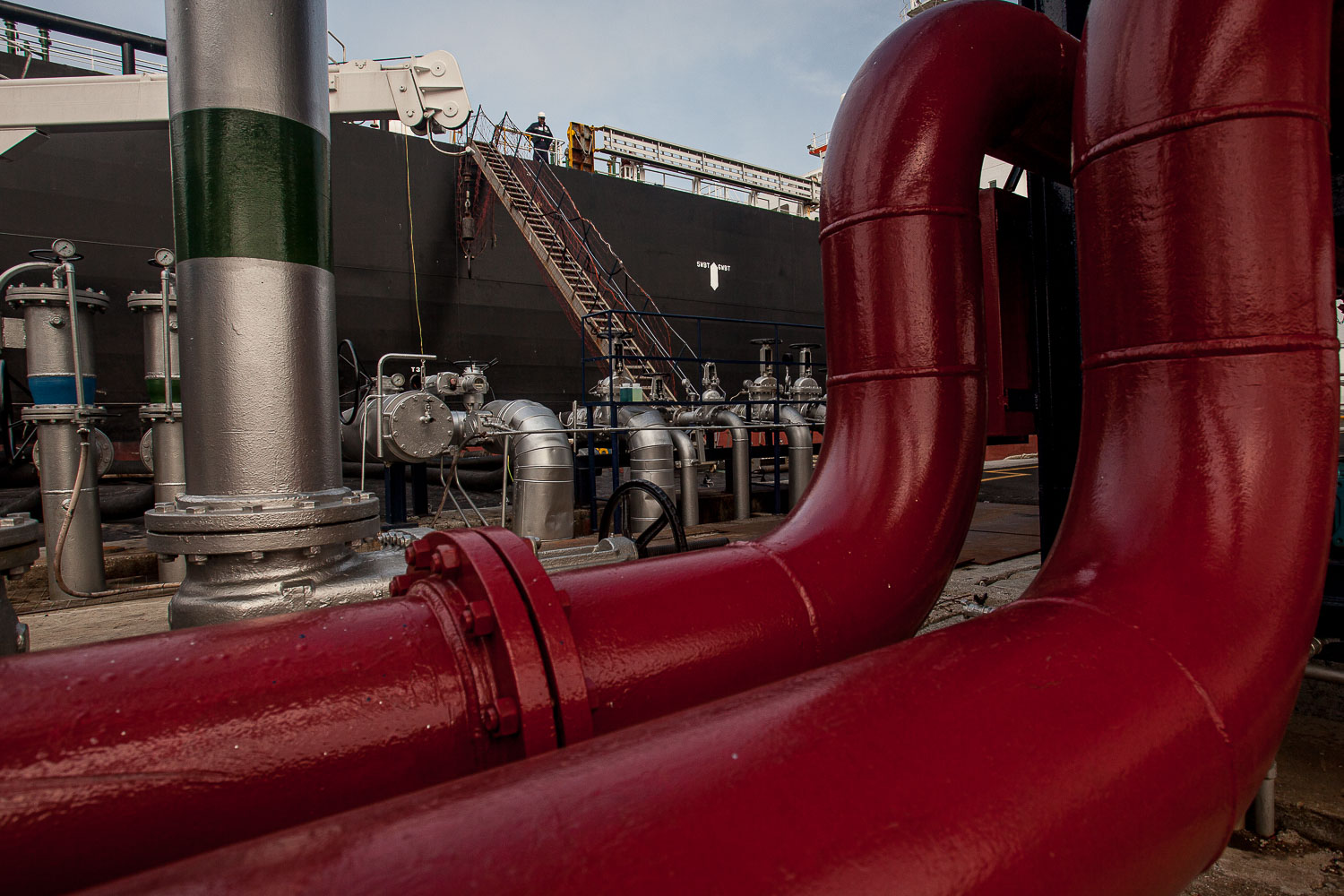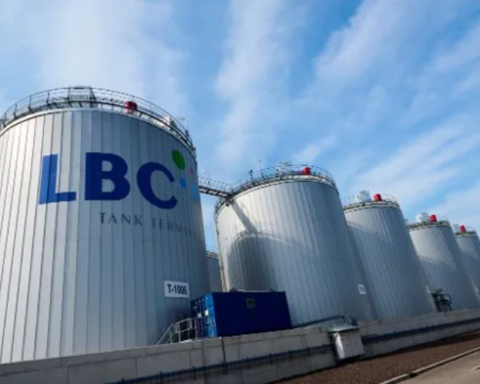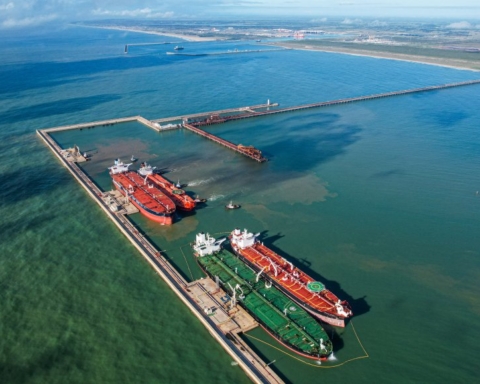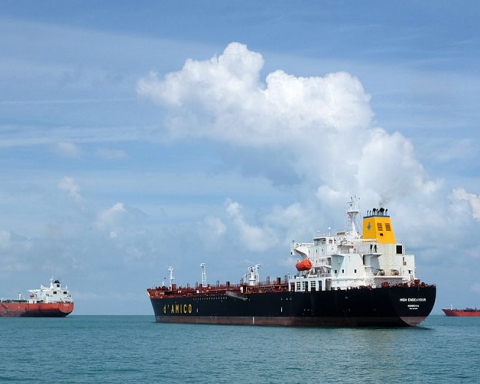As we wait for oil demand to soon return to the pre-Covid levels of around 100 million barrels per day, for the Very Large Crude Carrier market the beginning of the year has shown the same downward trends it closed 2020 with.
The limited demand for tonnage in the Persian Gulf, evidently linked to the effects of the coronavirus on Asian economies, has induced the oil majors to further reduce production and shipments in order to support prices in a market that today still appears unbalanced, with supply and demand fluctuating between 77.9 and 77.4 million barrels per day.
As a result of this situation, there will be fewer than 100 cargoes on VLCCs in the Middle-East Gulf area in March, about 70 less than the normal trend, according to shipbroker SSY (Simpson Spence young). Currently, there are 25 VLCCs in the area without employment, about 10-15 more than last year’s average.
For Norwegian investment bank Cleaves Securities (CS), the 776 VLCCs operating around the world today have collectively shown negative TCE (Time Charter Equivalent) returns on key routes.
Confirmation comes from the Baltic Exchange Index, which as of mid-March shows a negative Time Charter of -$11,463 per day, the lowest since September 2013 and the 47th negative daily result. According to CS, the estimated profit rate for financial breakeven purposes (covering operating costs and loan repayments) is around $24,000 per day, with operating costs expected to be around $6500 a day.
But in their analysis, the experts at Cleaves Securities add a telling detail: the so-called eco VLCCs, those that consume less fuel, earned $5,485 per day more than the “non-eco sustainable” ships during the reporting period.
Likewise, operators who fitted their ships with modern flue gas scrubbing systems, scrubbers, benefitted from lower fuel consumption, earning $5,112 per day more than ships without scrubbers.
According to calculations supplied by the financial provider, 49% of the global VLCC fleet today has eco features, 40% are equipped with scrubbers, while 28% of vessels currently operating have both solutions.
Broker Braemar ACM reported how last week a vessel equipped with both scrubbers and eco specifications earned $2,374 per day on the Saudi Arabia-China route, compared to substantial losses of $10,443 per day reported by conventional vessels.
On a triangulated Middle East Gulf-US-China-Middle East Gulf route, an eco-scrubber ship earned $21,893 a day, compared to $7,791 recorded by other vessels.
Translation by Giles Foster




